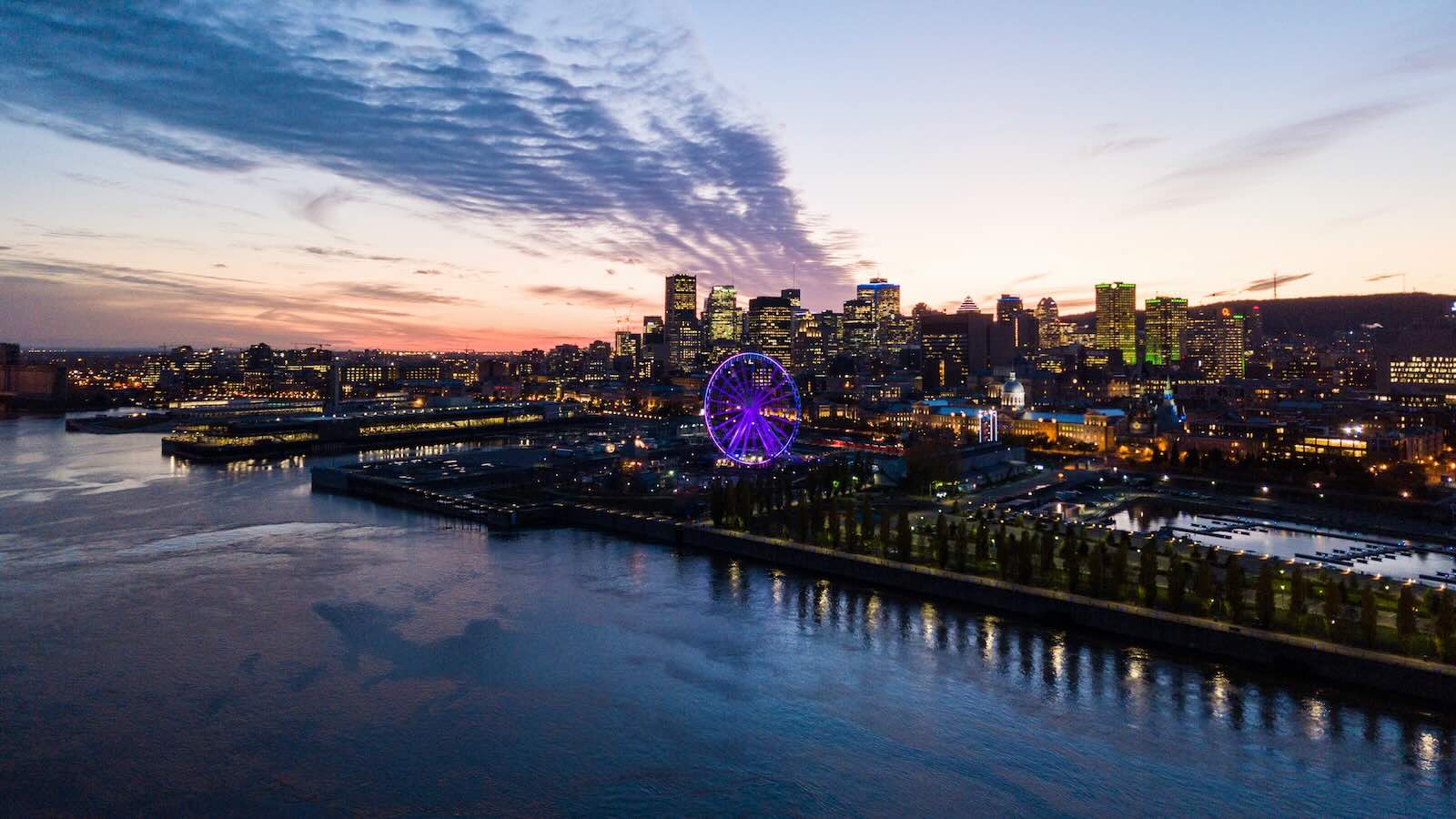Montreal is a vibrant and culturally rich city, and as the largest city in Quebec and the second-largest in Canada, Montreal is not just a bustling metropolis, the city is renowned for bringing European charm to North American.
One of the most distinctive features of Montreal is its bilingual character, with both French and English widely spoken throughout the city. This linguistic diversity reflects the multicultural makeup of Montreal’s population, which includes people of French, English, and people from numerous other backgrounds.
Montreal’s long and rich history is evident in its architecture, with neighbourhoods like Old Montreal boasting cobblestone streets, historic buildings, and iconic landmarks. Yet the city’s modern skyline, dominated by skyscrapers in the downtown core, stands as a testament to Montreal’s status as a major economic and cultural hub.
Founded in 1642, it’s not hard to find vestiges of the original European settlers, not just in Old Montreal but elsewhere on the island. Maison Saint-Gabriel gives a glimpse at list in rural New France from the 1600s at a farm and house that from 1688 welcomed immigrant women brought in by the French crown as brides for the predominately male population. Further down river Park’s Canada manages the Fur Trade at Lachine, a national historic site important to the early fur trade that was so vital to early New France.
Culturally, Montreal is known for its thriving arts scene, with a vibrant community of artists, musicians, filmmakers, and performers contributing to its dynamic cultural landscape. The city hosts numerous festivals throughout the year, including the Montreal International Jazz Festival, the Just for Laughs comedy festival, and the Montreal World Film Festival, attracting visitors from around the globe.
Montreal is also renowned for its culinary scene, which reflects its multicultural makeup and includes a diverse array of cuisines from around the world. From traditional Quebecois dishes like poutine and smoked meat sandwiches to fine dining establishments offering innovative fusion cuisine, Montreal is a paradise for food lovers.
The city’s lively nightlife is another hallmark of its cultural identity, with an abundance of bars, clubs, and live music venues catering to a diverse range of tastes and preferences. The Plateau-Mont-Royal and Mile End neighborhoods are particularly popular among young professionals and artists, known for their hipster cafes, trendy boutiques, and eclectic nightlife.
Montreal’s natural beauty is also a major draw for residents and visitors alike, with the picturesque Mount Royal Park offering stunning views of the city skyline and opportunities for outdoor recreation year-round, from hiking and biking in the summer to cross-country skiing and ice skating in the winter.
Overall, Montreal is a city that seamlessly blends the old and the new, the historic and the modern, creating a unique and vibrant urban experience that continues to captivate and inspire all who visit.
Transit & getting around
Montreal has an amazing transit system which is being strengthened and expanded. At the moment the international airport is connected to the city via the 747 express bus, and in the future the REM (Réseau express métropolitain) will serve YUL. In additional to the now open REM, Metro has been well-served by their Metro system, four train lines completely underground with trains running on rubber tires. The system opened just ahead of the city hosting the 1967 World Expo, and took many design and technology cues from the Paris Metro (including the rubber-tire train boogies). The Metro has been extended through much of the city, with an extension to the Blue line in the works. Buses run throughout the city extending out from Metro stations.
Many parts of Montreal, from Old Montreal to Downtown and around the Plateau are very walkable, though some parts of the island are spread out.
Photo by Samuel Charron on Unsplash
Photo by Jackie Hutchinson on Unsplash
